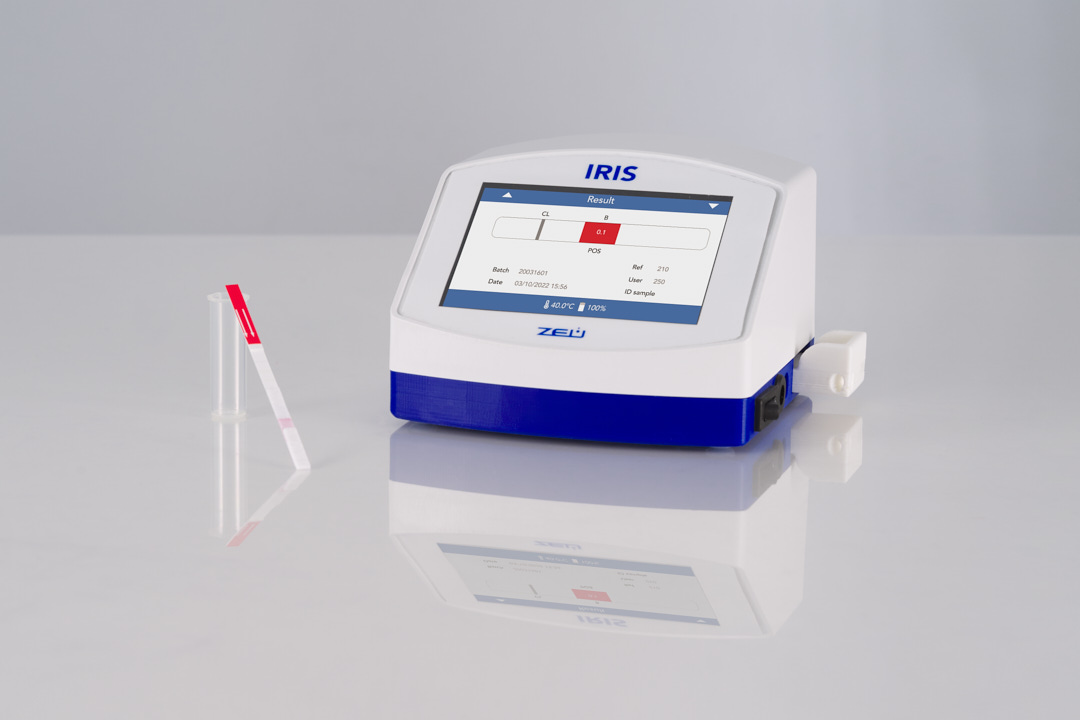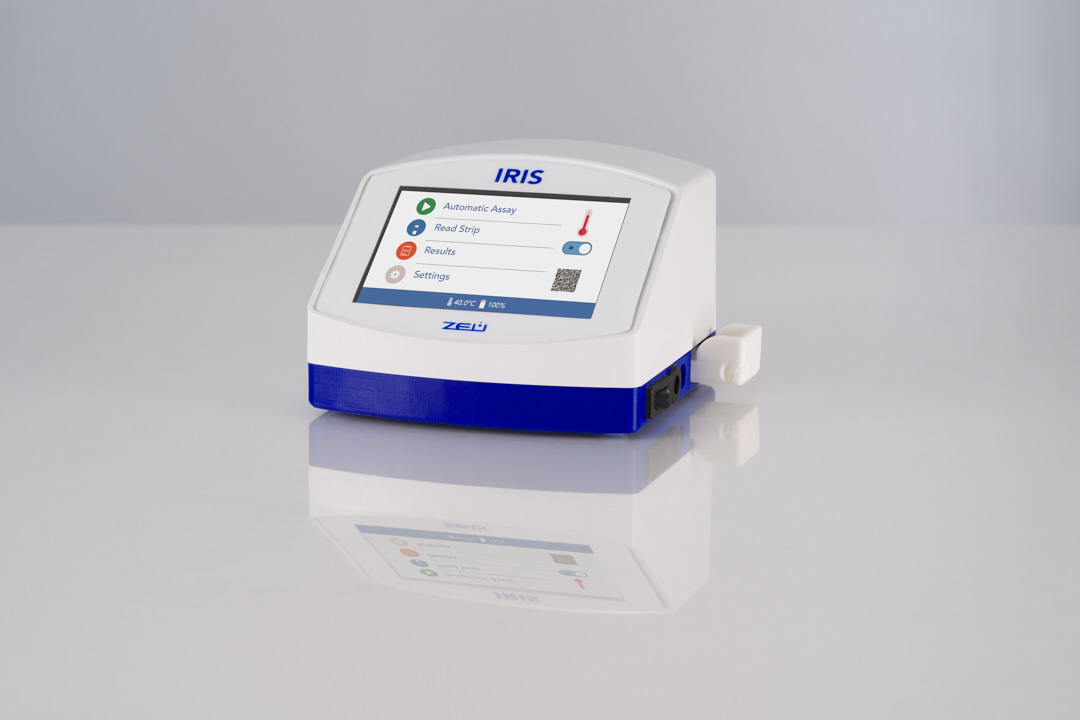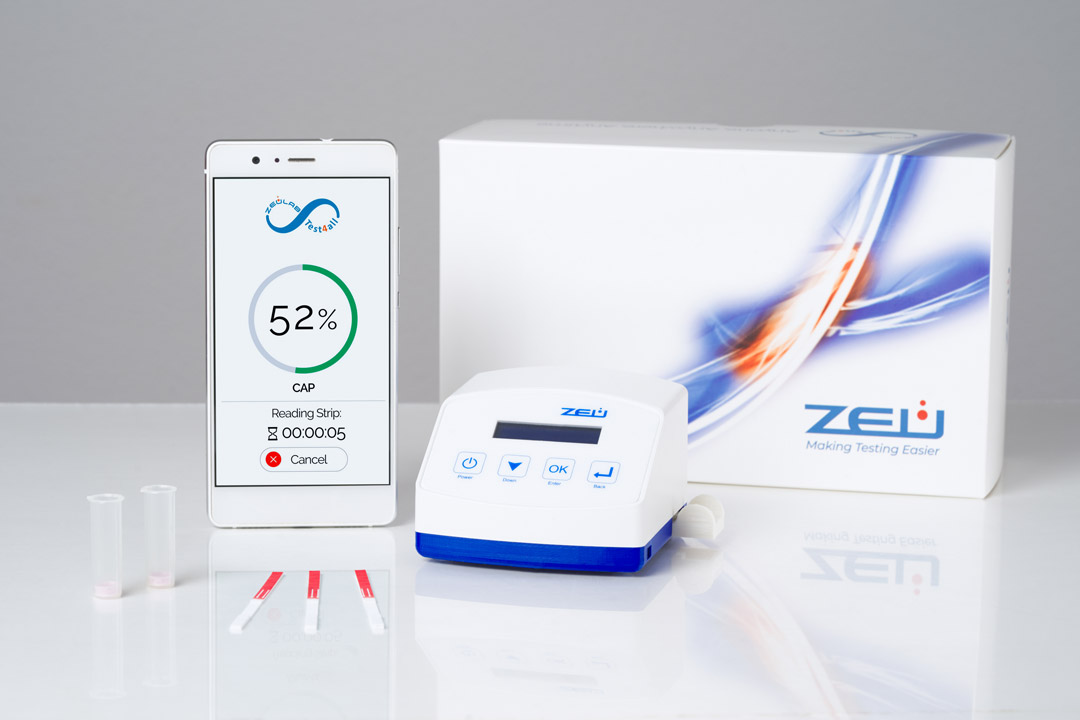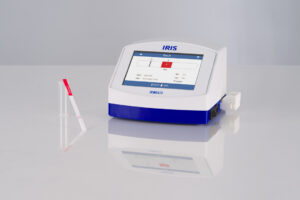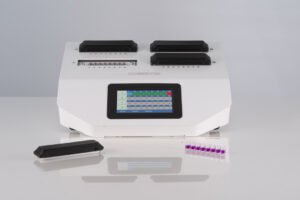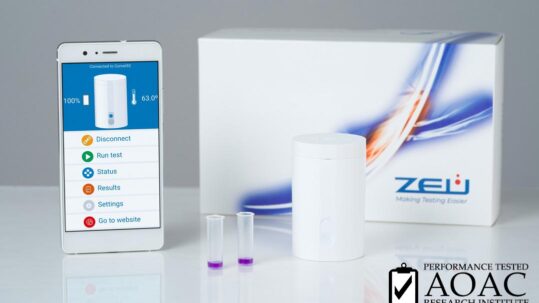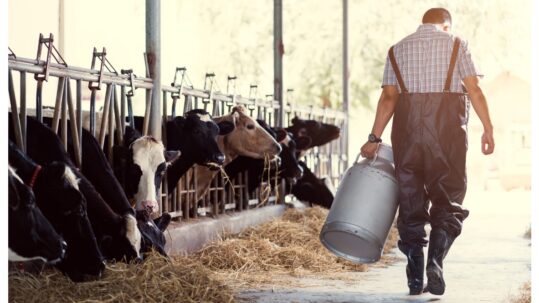HOW DOES IT HELP YOU?
CapScan helps you to easily detect if milk is contaminated with chloramphenicol in just 6 minutes and share results in real-time. Once the operator runs the test at the reception, or even on the truck, the results will be automatically received in-real time allowing to make quick decisions.
CapScan analysis at the farm helps you avoid industry penalties. Just by adding the milk you can control the tank in a few minutes before it is collected. In addition, the automatic reading of results with the IRIS reader will allow you to share them with the personnel at the processing plant and so, to guarantee your milk quality .




